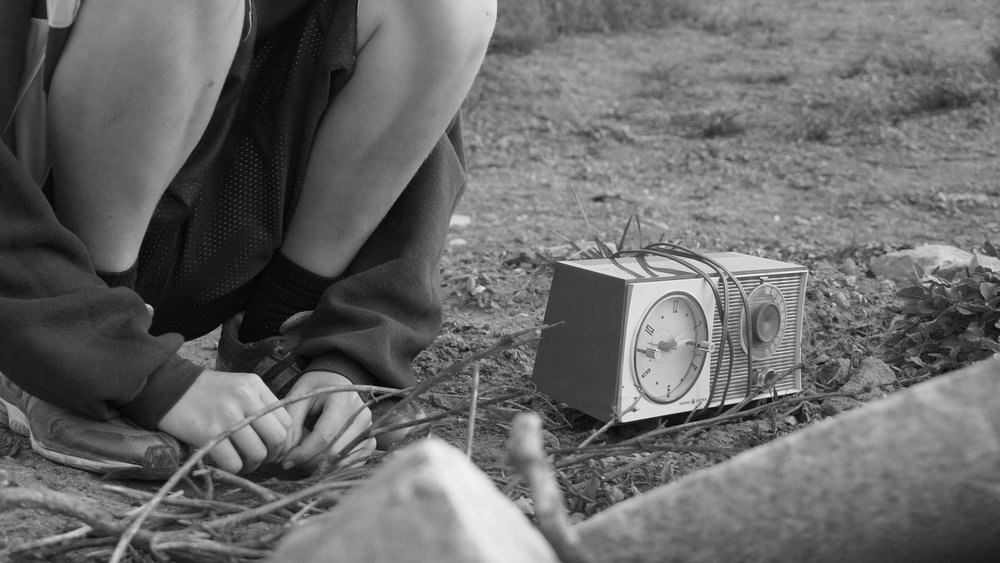Lighting Ratios
Lighting Ratios
The inverse square law can help a cinematographer have precise control over the contrast ratio of their shot.
Read this article until "The Light Meter"
High Key Lighting
2001, A Space Odyssey is and example of a film that primarily uses high-key lighting
High key Lighting is Low contrast
Meaning the ratio between highlight and shadow is low, so 1:1 would be no contrast and 1:2-1:3 would be a little more, but still within the realm of high key. High-Key lighting is common in comedies, romantic comedies, variety shows, and sit-coms. One of the reasons for this is that a lower contrast situation allows physical comedians to move freely about the set.
- Used in a lot for situation comedies because it allows for physical comedy, because actors can move freely around a set without stepping out of the light
- It also conveys a happier and lighter mood
Below find a scene from Friends where the characters have to move to different locations in the scene. The lighting is high-key, but not flat, and has little enough contrast so that the characters can move around without stepping into shadow. If this scene were lit like a film noir, then the subjects would step into dark shadows while walking around. There's nothing wrong with lighting a dark scene that way, but in the scene below, you would miss out on valuable information.
Often, high-lighting is used in romantic comedies as well to set a lighter tone.
When you think of a cloudy day, you probably imagine a somber tone. In terms of lighting however, the contrast ratio found on a cloudy day is very similar to what you see above.
Light diffused through the clouds is similar to soft lights, umbrellas, and silks that create soft light.
Above, a light bank is set up behind a large silk, creating soft diffuse light similar to what you will find on a cloudy day. Because the light is so even, it is the perfect tool to create the low-contrast ratios necessary for high-key lighting.
Usually flat lighting (1:1 ratio) isn't used in professional shoots, but will likely be 2:1 or 3:1. The images created with high-key lighting aren't always low contrast either. The contrast in a high-key scene is usually created by art direction.
Look at the shot above from the original Will and Grace. The lighting is high-key with something like a 2:1 ratio, but there is a lot of contrast in the shot. Why is that?
Imagine the shot in black and white. Can you find something in the image that is 0%-10% white? The paper they are holding? The pages of the book?
Can you find something that is 90-100% black? the black pillow? the picture frame? Grace's jacket? Will's pants? There is contrast in the shot, but it is created with art direction--objects placed within the frame. Pretty much every shade on that grayscale is represented with the help of art direction.






